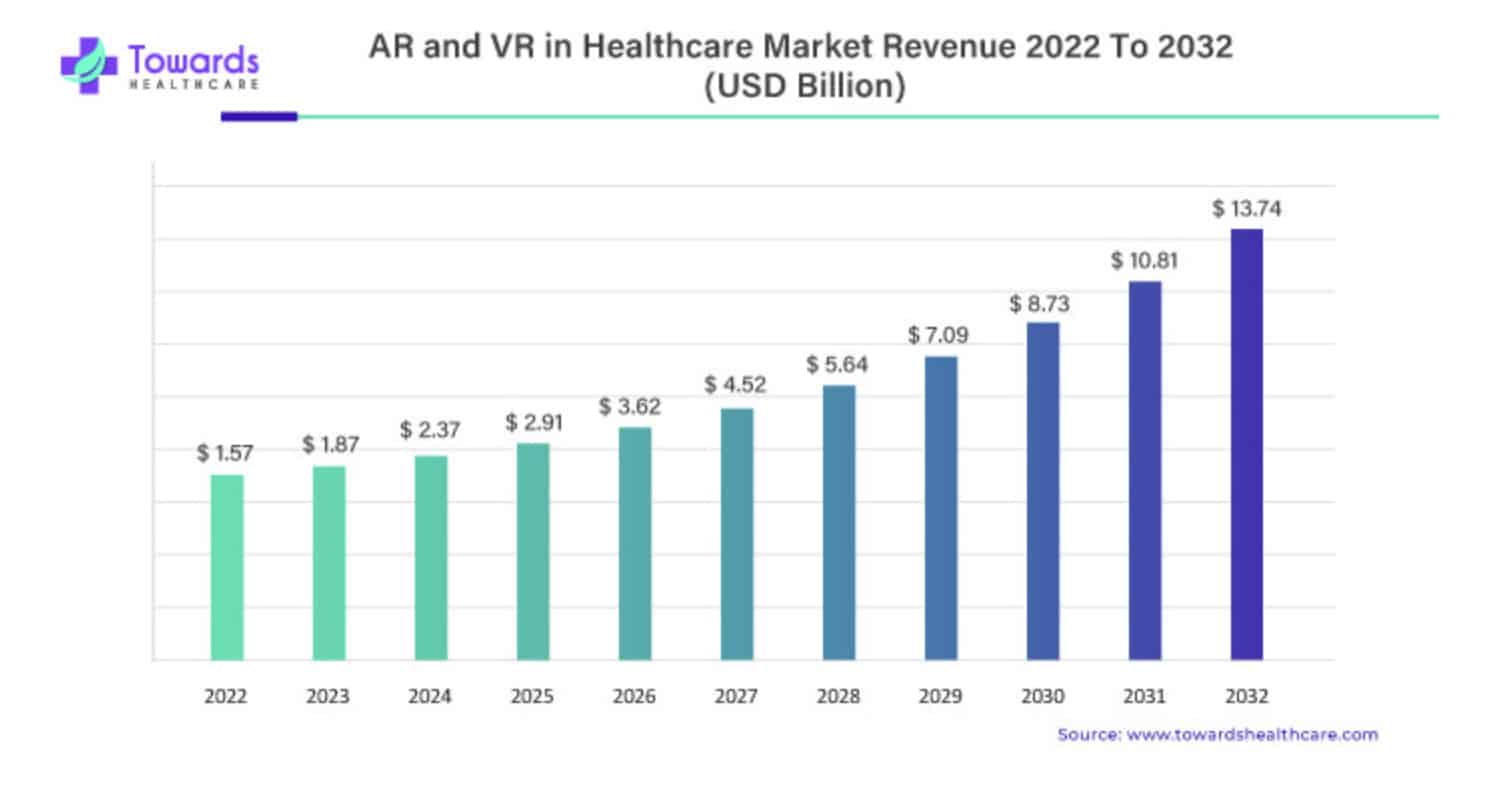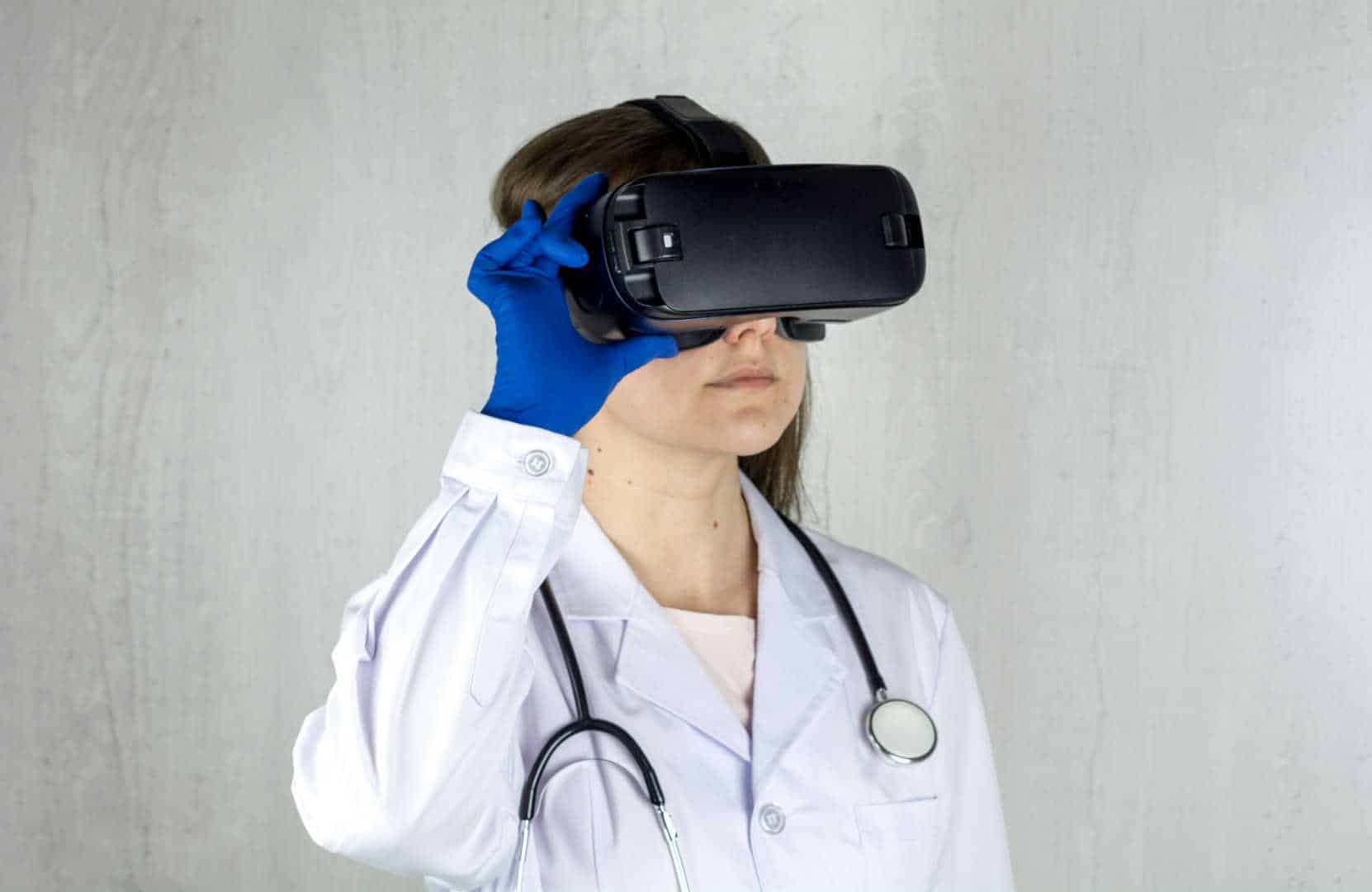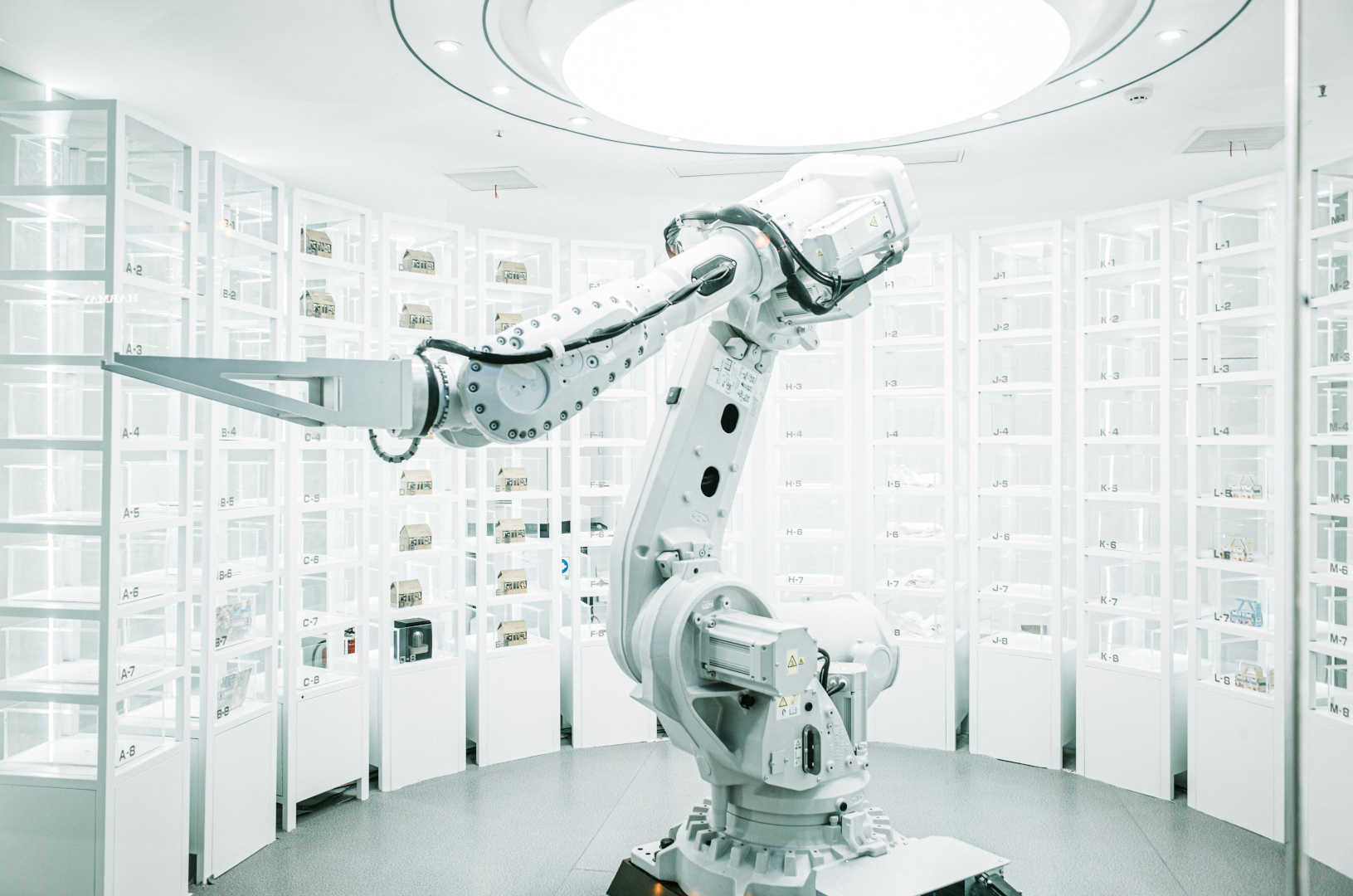Immersive Technologies in Surgery: VR, AR, and the Future of Advanced Medical Devices
While the field of surgery saw many incredible breakthroughs in the 20th century, very few people could have envisioned where the modern OR is headed today. Immersive technologies in surgery, encompassing virtual reality (VR) and augmented reality (AR), are fundamentally transforming how surgeons operate, train, and deliver exceptional patient care.
This post looks at the exciting rise of immersive technologies in surgery, exploring their current applications in surgical education and training, as well as the impacts on the future of advanced medical devices.
Beyond Gaming: Immersive Technologies in Surgery Take Center Stage
VR and AR, once the domain of entertainment, are now finding groundbreaking applications in healthcare. VR for surgery creates a fully immersive, computer-generated (CG) environment. Imagine a surgeon wearing a VR headset, virtually standing beside a CG version of her patient, meticulously rehearsing a complex procedure beforehand.
AR, on the other hand, overlays digital information into the real world. Surgical theater augmented reality allows surgeons to visualize a patient’s anatomy in stunning 3D detail, projected directly onto the surgical field through a headset.
Also on the horizon is mixed reality (MR), which combines VR and AR elements so users can interact with both the physical and digital worlds simultaneously.
These immersive technologies offer many benefits, including:
Enhanced Visualization: Access to detailed 3D anatomical models alongside real-time health data during surgery.
Revolutionizing the Surgery Planning phase: Virtual reality allows surgeons to meticulously plan intricate procedures in a risk-free environment, leading to faster, more efficient surgeries and potentially minimizing post-operative pain management needs.
Patient Education: providers can provide a systematic review of procedures in detail with patients before the surgery.
Transforming Medical Training: Immersive reality technologies provide realistic surgical simulations for surgical training and medical education, accelerating the learning curve and honing surgical skills. With the rising demand for virtual surgical planning jobs and other surgical theater careers, many aspects of surgery career paths will change.
Platforms that provide immersive surgical training experiences include Touch Surgery, Osso VR, and Medical Realities.
Health Care AR/VR Market Potential
The global AR and VR in the healthcare industry was estimated at USD 1.57 billion in 2022 and expected to hit USD 13.74 billion by 2032, expanding at a compound annual growth rate (CAGR) of 24.81% from 2023 to 2032.

A Surgeon’s Toolkit Reimagined: Benefits of VR/AR in Procedures
Empowered by VR and AR, the surgeon’s toolkit is changing rapidly. New tech is unlocking powerful benefits that directly enhance surgical procedures:
Access to 3D Anatomical Models: Surgeons can visualize intricate anatomical details and variations specific to each patient, leading to more precise procedures and potentially improved patient outcomes.
Real-time Medical Data Integration: AR overlays can display critical patient data and medication information and even facilitate virtual consultations with remote specialists during surgery, fostering a collaborative approach.
Preoperative Planning Efficiency: VR surgical planning with simulations allows surgeons to rehearse complex procedures beforehand, minimizing wasted time and optimizing workflow in the OR. This efficiency can translate to cost savings and potentially shorter surgery times for patients.
Reduced Risk Surgical Testing: Virtual reality can provide a safe, realistic environment for surgeons to test new procedures or techniques before applying them to patients, potentially minimizing complications and improving patient safety.
Reduced Stress and Improved Focus: Improved visualization and potentially fewer surgical complications can lead to a calmer and more focused surgical environment, benefiting the surgeon’s mental health and the patient’s outcome.
Pain Management (VR for Pain Relief): Some providers are utilizing VR as a distraction therapy tool to manage pain for patients during medical procedures or chronic pain management. It helps patients by diverting their attention from pain stimuli, providing a more pleasant and less stressful experience during treatments. For example, Cedars-Sinai Medical Center is testing use of VR headsets to alleviate pain during cancer procedures.
Beyond Specialties: Immersive Technology in Surgery Across the Spectrum
The applications of VR and AR in surgery are rapidly expanding across various specialties, such as neurosurgery, orthopedics, and minimally invasive procedures.
Neurosurgery: VR simulations can help surgeons plan complex brain tumor resections with greater precision, potentially minimizing risks to critical brain structures and improving patient outcomes.
Orthopedic Surgery: Virtual reality orthopedic surgery simulators allow surgeons to practice procedures in a safe, virtual environment, improving their skills and decision-making before operating on real patients.
Minimally Invasive Surgery (MIS): VR can provide surgeons with a magnified view of the surgical field during MIS procedures, helping minimize tissue trauma and recovery times.
The Economic Advantage: Cost Savings and Efficiency
The adoption of immersive technology in surgery can lead to significant cost benefits in the long run. Here are a few:
Reduced Training Costs: Virtual reality simulations offer a cost-effective alternative to traditional surgical training methods like cadaver labs.
Improved Surgical Efficiency: VR-augmented planning can result in faster and more efficient surgeries. This translates to reduced operating room time and potentially lower overall healthcare costs.
Minimized Complications: Improved visualization and pre-planning through immersive technologies can lead to fewer surgical complications, potentially reducing the need for readmission and additional surgeries, and lowering overall healthcare costs.
Barriers to Immersive Tech Adoption
While immersive technologies hold immense promise for surgery, like all innovations, there are hurdles to overcome before widespread adoption. Let’s look at a few.
- Cost: The initial investment in VR/AR hardware and software can be significant, especially for smaller hospitals and clinics. Additionally, ongoing maintenance and development of VR training simulations can add to the cost burden.
- Data Security and Privacy: Immersive technologies rely heavily on patient data for accurate simulations and AR overlays. Robust data security measures and strict adherence to regulations like HIPAA are crucial to ensure patient privacy is not compromised.
- Standardization and Regulation: As the field is still evolving, clear guidelines and regulations regarding VR/AR surgical simulations and data use are needed. This will ensure the quality and efficacy of these tools and prioritize patient safety during surgery.
- Technical Challenges: While VR/AR technology is constantly improving, some limitations persist. User experience varies and battery life on headsets can be an issue for longer procedures. Finally, ensuring seamless integration with existing hospital IT systems can be complex.
- Lack of Training and Expertise: Successfully implementing immersive technologies requires training for surgeons and staff on how to effectively utilize these tools in the OR. Additionally, a skilled workforce is needed to develop and maintain VR training simulations.
- Ethical Considerations: Questions surrounding equitable access to VR/AR training for surgeons across various practice settings need to be addressed. Additionally, the role of human judgment and decision-making in surgery must be carefully considered alongside the capabilities of these technologies.
By acknowledging and addressing these considerations proactively, the medical community can harness the full potential of innovative tech to revolutionize surgery, improve patient outcomes, and usher in a new era of surgical excellence.
Moving Ahead
As immersive technology continues to revolutionize surgery, medical device companies need to stay ahead of the curve. Partnering with a secure and scalable cloud data management solution like Galen Data can ensure your company has the infrastructure needed to handle the growing complexities of health data in this new era.
At Galen Data, we understand the unique challenges of medical device data and have the cloud expertise to help you navigate them. Our case studies show how our solutions empower companies like yours.
Partner with Galen Data today to:
- Develop a secure and scalable data management plan.
- Leverage our expertise in medical device data and compliance.
- Focus on innovation while we handle the infrastructure.
Reach out today to discuss your specific needs and see how Galen Data can help you store, manage, and secure your medical device data at scale.






